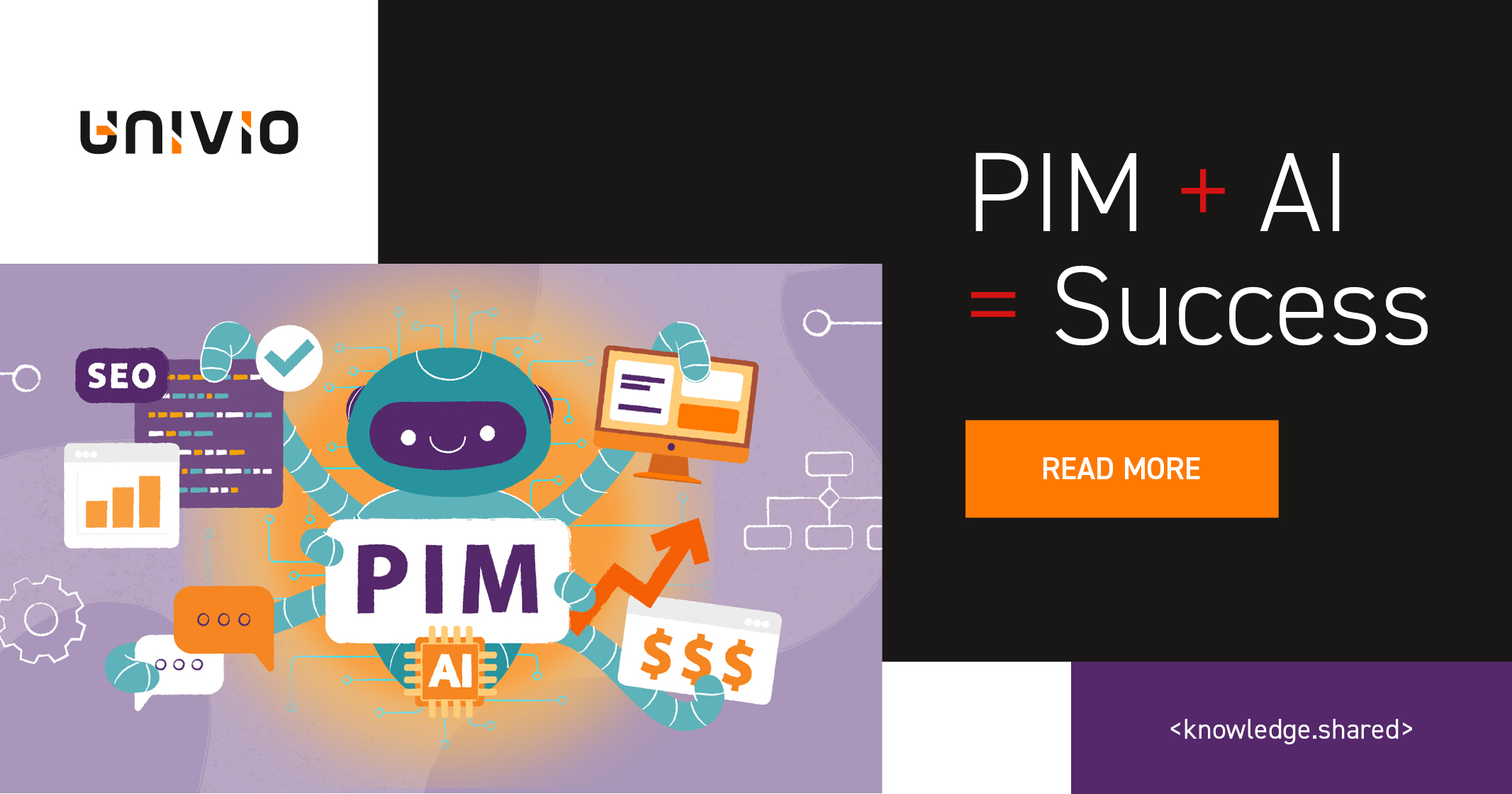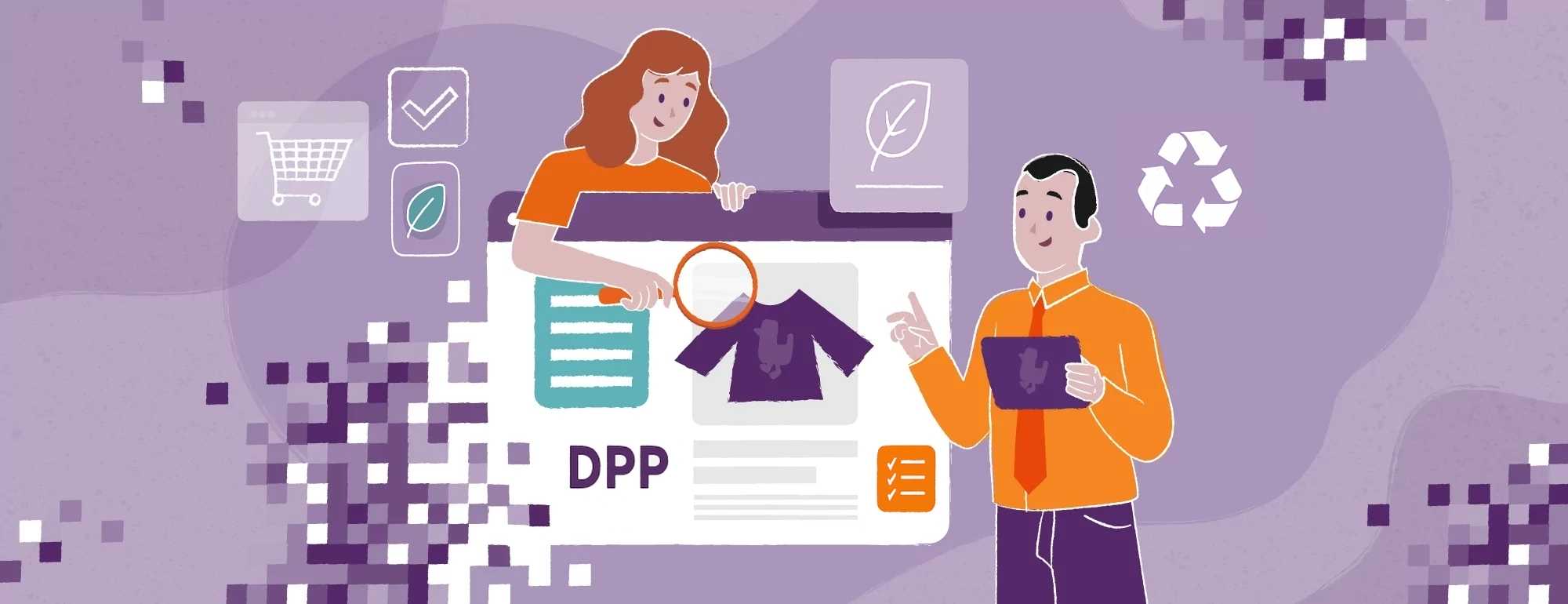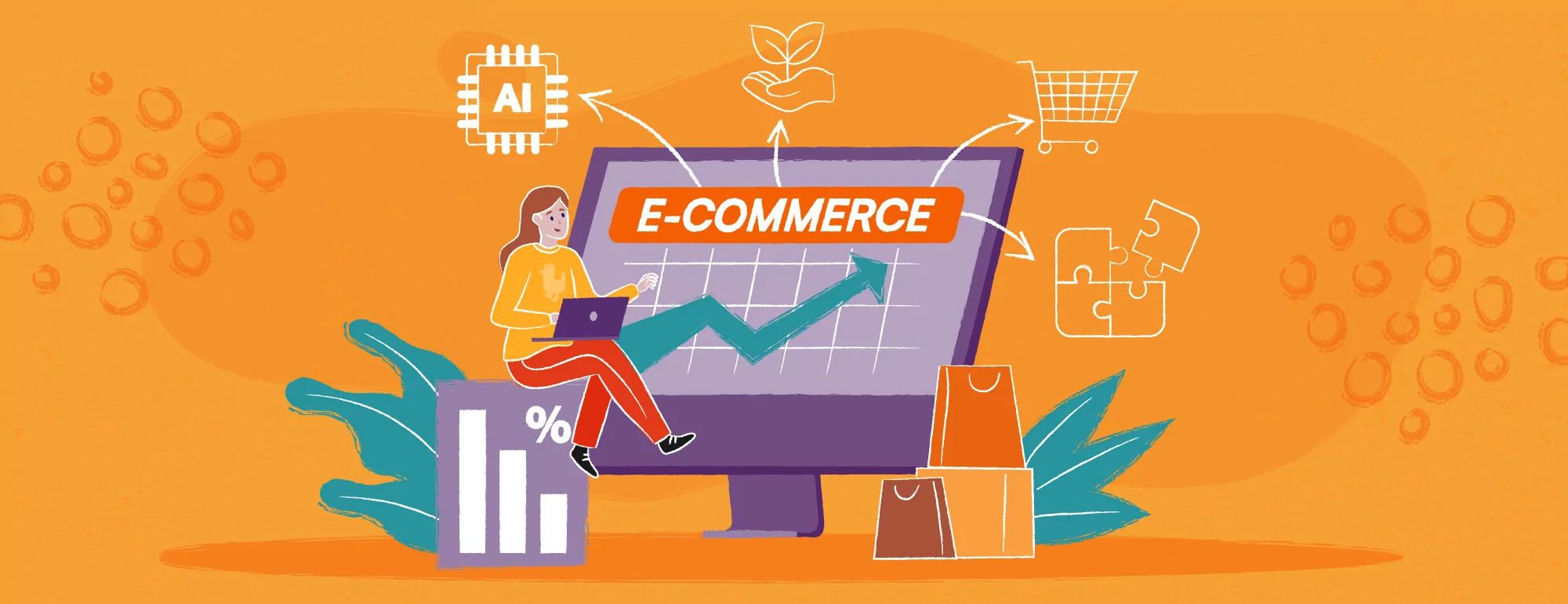Digital Product Passport – What You Need to Know and How to Prepare
The Digital Product Passport (DPP) is a solution that will soon become the new normal for companies operating in the European Union. Under upcoming EU regulations, products will be required to have their own digital “passport,” containing detailed data from every stage of the product’s lifecycle: from raw materials, through production, to recycling. This is not just a Green Deal requirement – it’s also an opportunity for market advantage, trust-building, and real transparency.
What is the Digital Product Passport?
A Digital Product Passport is an electronic “identity card” that stores comprehensive information about a product, such as:
- its composition and components,
- the share of recycled materials used,
- the presence of hazardous substances,
- details about origin and production stages,
- information about carbon footprint, energy and water usage,
- instructions for repair and reuse,
- certificates and proof of compliance,
- the product’s full history, including transport and distribution methods.
The aim of DPP is to enable informed consumer choices, support the circular economy, and fight against greenwashing and counterfeiting.
DPP from the Consumer’s Perspective
Imagine you’re shopping for a new hoodie or a baby bodysuit. Next to the label, there’s a small QR code. You scan it with your phone – and instead of marketing buzzwords, you get real facts:
- where the cotton was grown,
- whether the fabric dyeing met ecological standards,
- who manufactured the product,
- what certifications it holds (like GOTS or OEKO-TEX),
- how to wash it safely and how to dispose of it responsibly when it’s worn out.
This isn’t the future – such transparency and control are about to become standard. Thanks to the Digital Product Passport, consumers can make informed decisions, avoid greenwashing, and support companies that genuinely care about responsible production.
DPP from the Manufacturer’s Perspective
For manufacturers, DPP is more than just an obligation – it’s an opportunity. However, implementation requires order and digitalization of product data.
Imagine you manage a clothing brand exporting to the EU. New regulations require every product to have its own digital “ID.” You must collect detailed data from all your suppliers and ensure it is always up to date and consistent. Some information will need to be updated regularly – for example, when you change a supplier or add a new certificate.
First, you verify what data you already have and identify any gaps. After filling in the missing pieces and creating passports for your products, you can not only meet legal requirements but also show your partners and clients that your brand truly stands for transparency and responsibility. Product Information Management (PIM) systems, especially those powered by AI, can make managing product data significantly more efficient.
The result after implementing DPP? Enhanced brand trust and a stronger competitive position – especially in industries where consumers increasingly value authenticity and specific, verified information.
Who Will Be Affected, and When?
DPP requirements will first apply to sectors like textiles, electronics, batteries, furniture, and selected construction and chemical industries. Initial obligations come into force from 2026, depending on the type of product and the regulatory schedule.
New Challenges, New Opportunities – How to Prepare
Introducing the DPP means you need to collect and organize a significant amount of product data, often sourced from multiple departments and suppliers. Now is the time to review how these processes look in your organization.
Product Information Management (PIM) systems can help enormously, making data centralization, updates, and sharing much easier. However, they’re not the only way – what matters most is that your data is reliable, accessible, and easy to present in the required format.
“DPP is not a technological revolution, but rather a consistent evolution in product data management. Every company can start from where they are – the most important thing is the consistency and quality of information.”
Karolina Kaczor, Head of Delivery for PIM, Univio
I’m Affected by DPP – Where Do I Start? [Checklist]
- Identify which of your products will fall under DPP regulations
Check the implementation schedule and requirements for your industry. The official EU regulation is available here: https://eur-lex.europa.eu/eli/reg/2024/1781?qid=1749126651689&type=expert&isEli=true&forward=true&locale=en - Analyze the product data you already collect
Assess whether your data is complete and where it’s stored. - Appoint people responsible for product data
Assign process owners and main data sources. - Decide how you will collect and share data
Do you need new tools, or can you use existing solutions? - Train your team and communicate with partners
Your team should know their new responsibilities, and your partners need to understand your data exchange standards. - Stay updated with regulatory changes
DPP requirements are evolving – keep up with new updates.
“Every organization is at a different stage of digital maturity. The key is to set up a process for systematically collecting and updating product data – you don’t need an advanced system from day one.”
Kamila Wiercińska, Project Manager PIM, Univio
How Univio Can Support Your Company
- We assess your organization’s readiness for DPP and help identify data gaps.
- We support the improvement of product information management (including PIM implementation or optimization – and developing AI-powered functionalities that help ensure DPP compliance).
- We automate and streamline the collection, updating, and reporting of data according to DPP requirements.
“Implementing a Digital Product Passport isn’t just about meeting new legal requirements. It’s a chance to organize your product data processes to benefit both the business and your customers. The key is a clear process map and well-defined responsibilities – it’s worth starting with simple solutions and only then thinking about automation and IT integration.”
Damian Gierczak, Head of B2B Transformation, Univio

Digital Product Passport / FAQ: Practical Questions
Does the Digital Product Passport mean I have to implement new software or change my IT systems?
Not always, but in many companies, the existing way of managing data may not be sufficient. Centralizing information and enabling automatic data updates are key. Implementing a PIM system or integrating current solutions can make compliance much easier and help minimize errors.
What does a DPP compliance audit look like?
An audit checks whether your products have complete and up-to-date digital passports, and whether the shared data meets EU requirements. Not just the content, but also how data is collected, updated, and shared (for example, via QR code on the product) is verified. Audits often also review communication with supply chain partners.
How do consumers actually use the Digital Product Passport?
In practice, a customer can scan a QR code or use a mobile app in the store to check detailed product data: origin, certifications, environmental impact, or recycling instructions. This is becoming increasingly popular and expected by eco-conscious shoppers.
Is the Digital Product Passport only for large companies?
No – the requirements apply to anyone placing products on the EU market, including small and medium-sized businesses. For smaller companies, simple tools for data management are often sufficient; there’s no need to start with a large, complex system.
How can I avoid errors and chaos in gathering data for DPP?
The key is to establish clear processes, assign responsibilities, and automate wherever possible. Start with simple tools, and as your needs grow, consider implementing a PIM system or working with a technology partner who can help design the process.
Can DPP help reduce greenwashing and counterfeiting risks?
Yes, transparency and easy access to information (verified at every stage of the product lifecycle) make false claims and product counterfeiting much harder. DPP builds trust and supports more informed purchasing decisions.
What are the consequences of not complying with DPP requirements?
Non-compliance can result in:
- financial penalties,
- temporary bans on sales in the EU market,
- loss of trust among consumers and partners,
- problems with certification, and barriers to tenders or international cooperation.
How often must data in the DPP be updated?
Data should be updated whenever something changes – such as a new supplier, a change in production process, or an updated certificate. The best practice is to review information regularly and implement processes that require updates for every significant change.
Can I implement DPP “selectively” for just some products?
No – compliance must cover all products subject to EU regulations. Exceptions and detailed requirements are set by legal acts, so stay up to date or seek advice from experienced consultants.
Digital Product Passport / Case Study
Let’s imagine Company X – a medium-sized Polish apparel manufacturer exporting hoodies and t-shirts to EU markets. In 2026, selected products will be subject to the Digital Product Passport requirement.
How does the process look, step by step?
- Identifying the scope of the obligation
Company X checks which products require DPP and what data is necessary (composition, raw material origins, production processes, certificates, recycling instructions). - Data collection
The quality and product development team prepares a list of all required information. It turns out that some data (like cotton certificates or dyeing details) are only held by selected suppliers, so communication needs to be unified and additional requirements introduced for partners. - Centralizing information
The company initially uses a simple tool (like Excel + cloud storage), but as data volume and update frequency grow, it considers implementing a PIM system. With PIM, collecting and updating supplier and internal data becomes much easier. - Creating the Digital Product Passport
Every hoodie gets a unique QR code on its label. After scanning the code, a customer can see:
– fabric composition and origin (e.g. organic cotton from Turkey, GOTS certificate),
– production process (sewing in Poland, eco-friendly dyes),
– washing and recycling instructions,
– carbon footprint and repair options. - Updating and ensuring compliance
The company regularly updates the digital passports – for example, if a material supplier changes. Company X passes the EU regulator’s audit and customers appreciate being able to check the “digital history” of their products in seconds.
Result?
- Company X’s team admits that implementing DPP was a significant organizational challenge, but it strengthened brand trust and made it easier to respond to market changes and customer expectations.
- The company gained an advantage in Western European markets, where consumers increasingly choose transparent and responsible brands.
- Centralizing product data reduced complaints and errors in product information.








